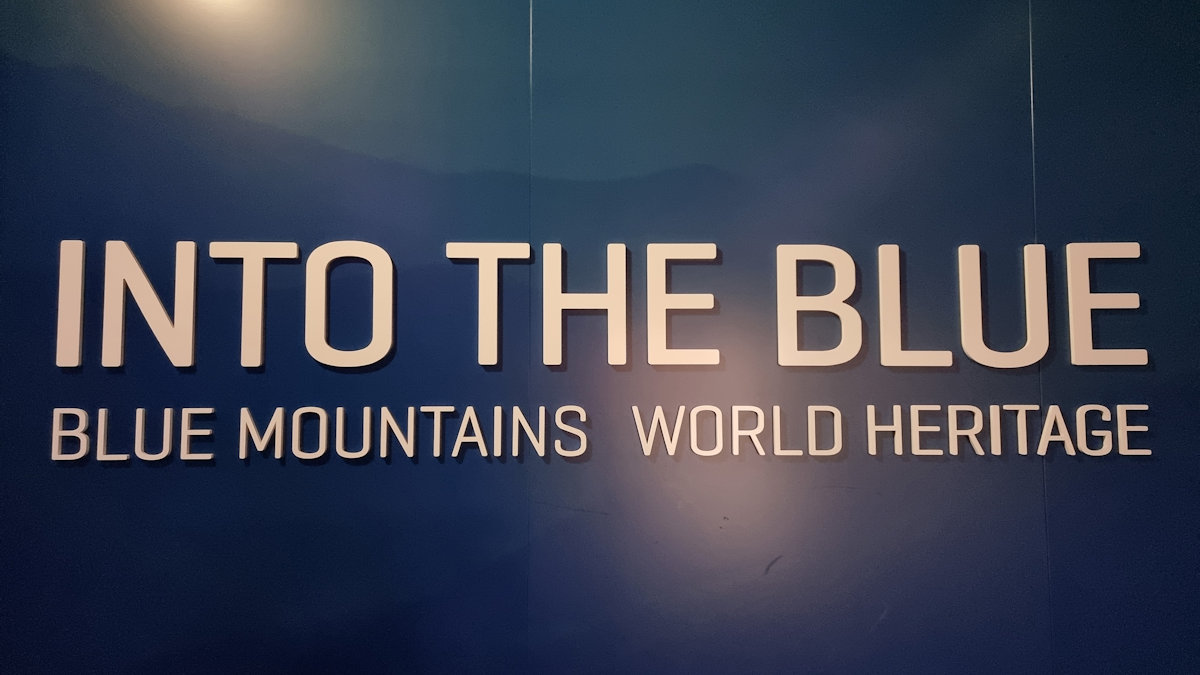Category: Museum
-
Walter Burley Griffin Incinerator

Walter Burley Griffin Incinerator Built in 1934 the Walter Burley Griffin Incinerator was originally the Willoughby Municipal Incinerator. Its purpose was to dispose of Willoughby Council’s municipal waste rather than dumping it at the tip. As the name suggests, Walter Burley Griffin designed the building, the same architect responsible for the winning design of the… Read more
-
Katoomba Cultural Centre

Katoomba Cultural Centre Located in the centre of Katoomba the Blue Mountains Cultural Centre contains the Blue Mountains City Art Gallery and Into the Blue which is an interactive exhibition that explores the history and natural landscape of the Blue Mountains. Also housed in the building, is the Katoomba Library. Into the Blue Into the… Read more
-
Vaucluse House Sydney Historic Home

Vaucluse House Sydney Completed between 1803 and 1839 in the Gothic Revival style, Vaucluse House is one of the few remaining colonial mansions in Sydney still surrounded by its original gardens and wooded grounds. Purchased by colonial explorer, barrister and politician William Charles Wentworth in 1827, it was expanded from a simple cottage to a… Read more